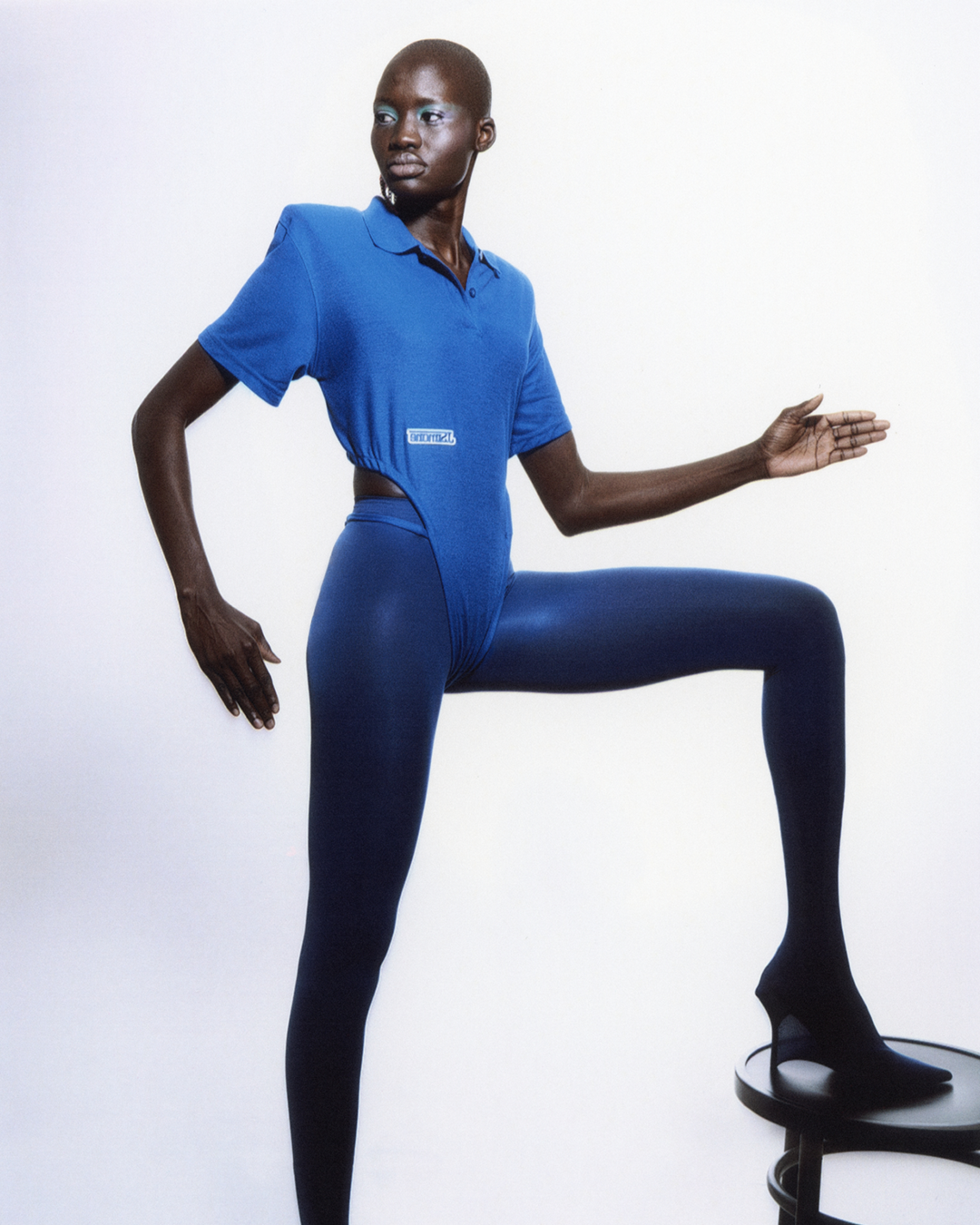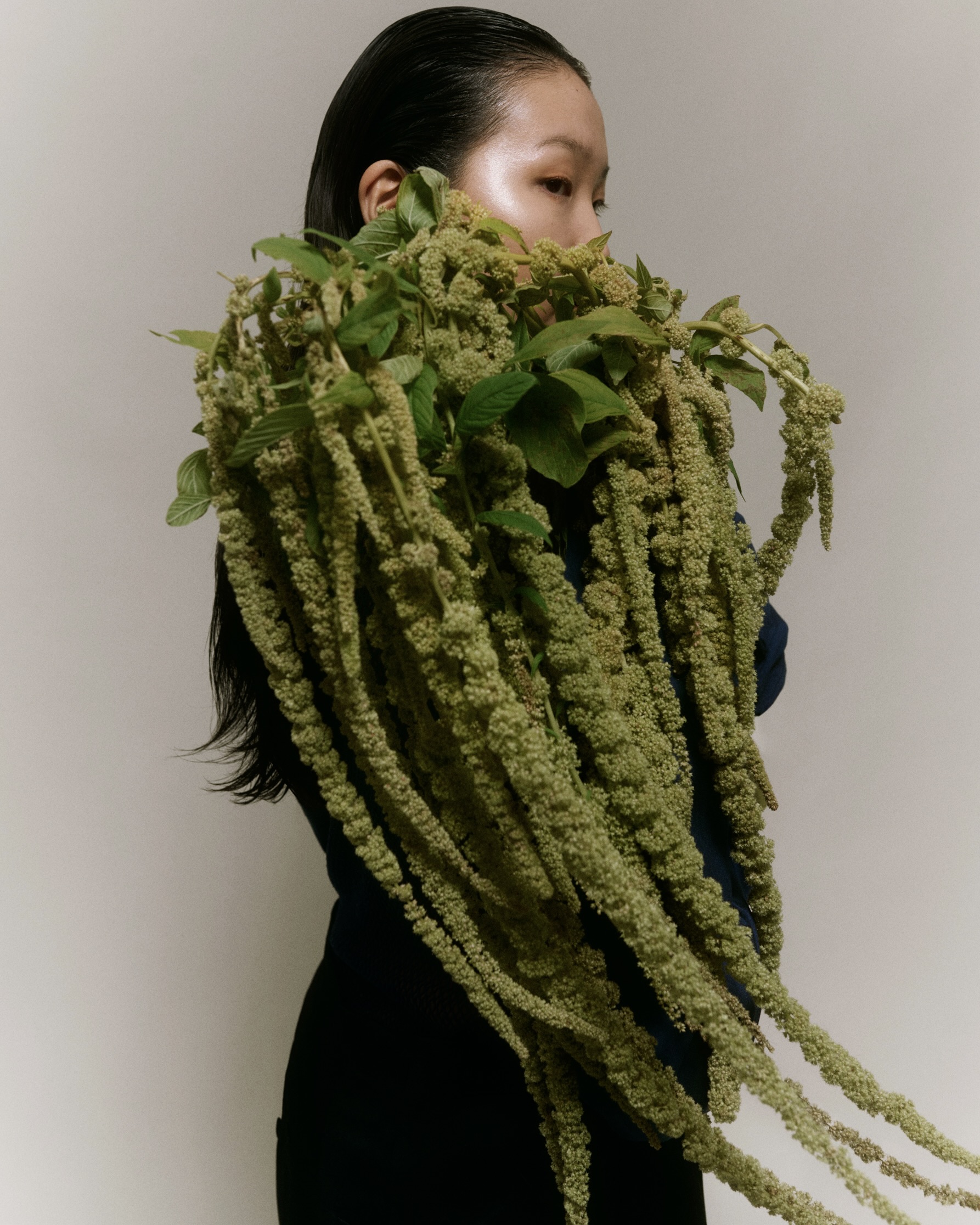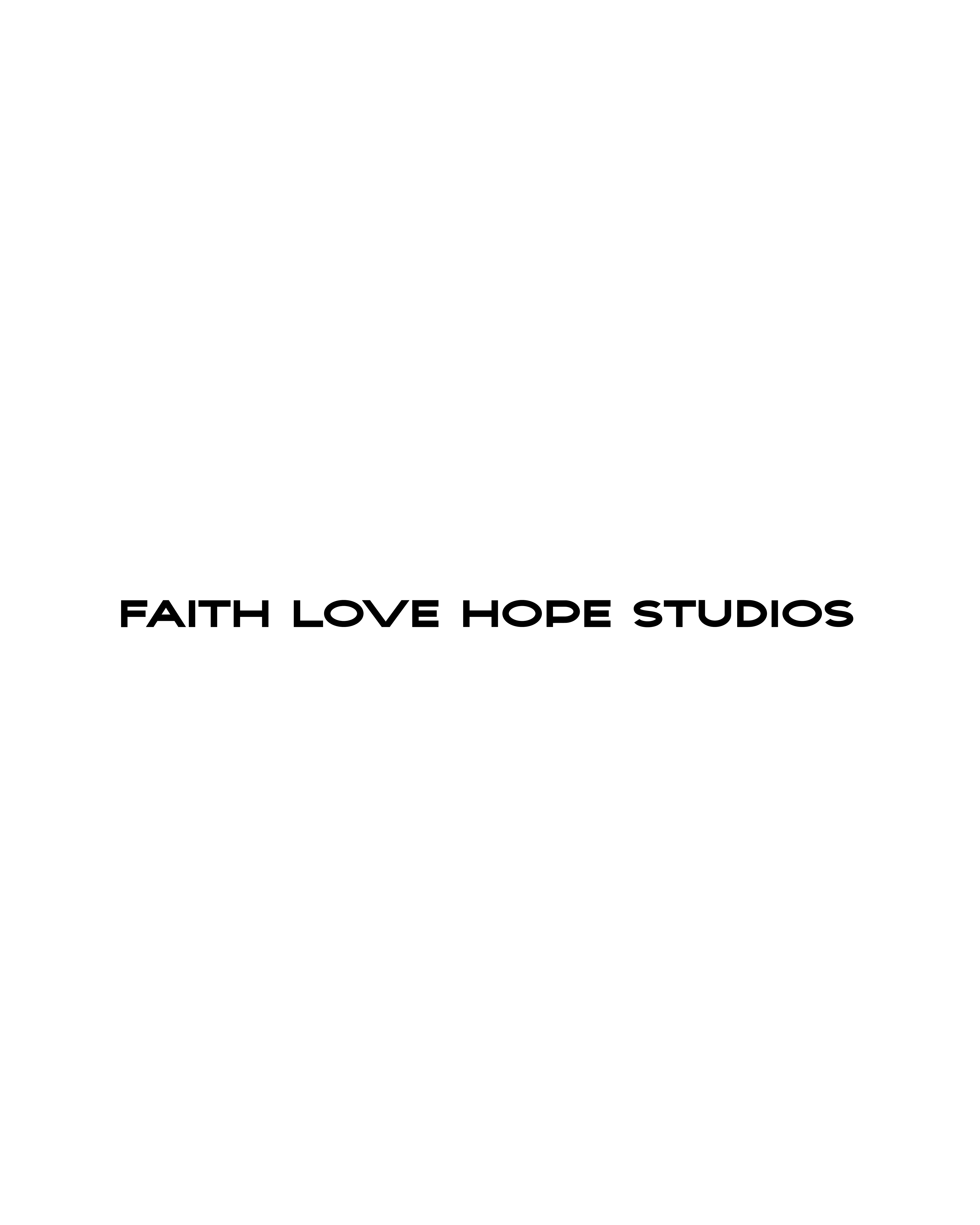Inside Her Bag with Faustine Boutin
Based in Paris, Faustine Boutin is a visionary leather goods designer with a sharp eye for craftsmanship and innovation. A graduate of the prestigious École Nationale Supérieure des Arts Décoratifs (ENSAD), she first honed her skills in fashion design before immersing herself in the world of accessories.
![]()
![]()
Her journey began at Balenciaga, where she was introduced to Nicolas Ghesquière’s avant-garde approach to volume and structure. Drawn to the sculptural artistry of leather goods, she transitioned into accessories, refining her expertise at Louis Vuitton under the creative direction of Marc Jacobs.
The list goes on, she has lent her talents to the Parisian house Vanessa Bruno before playing a pivotal role in shaping the Acne Studios accessory lines. Beyond her work in luxury and premium fashion, she found time and collaborated with the United Nations on an initiative supporting East African companies, helping them develop and scale their brands for international markets.
In today's fast-paced fashion landscape, creativity often finds itself at odds with commercial demands. For designers like Faustine, the challenge isn't just about developing new ideas. It's about making them viable within an industry, prioritising speed, sales, and spectacle over true innovation. In 2018, Boutin embraced a new chapter as an independent consultant, bringing her expertise to a diverse range of brands, from Lanvin and Isabel Marant to Lacoste, guiding them in refining their leather goods collections.
![]()
![]()
Faustine has a unique vantage point with years of experience working across independent brands and luxury houses. She understands the relentless pace of production, the growing pressure to be "sustainable," and how branding has started to eclipse design. But rather than lament the state of fashion, she navigates these tensions with a freelancer's agility, moving between projects, industries, and inspirations to keep her creativity sharp.
![]()
![]()
For Faustine, creativity thrives in flexibility. While she enjoys the structure of working with established brands, she's acutely aware of the mental fatigue that comes with a full-time role, where logistics, sales figures, and internal politics often stifle true experimentation.


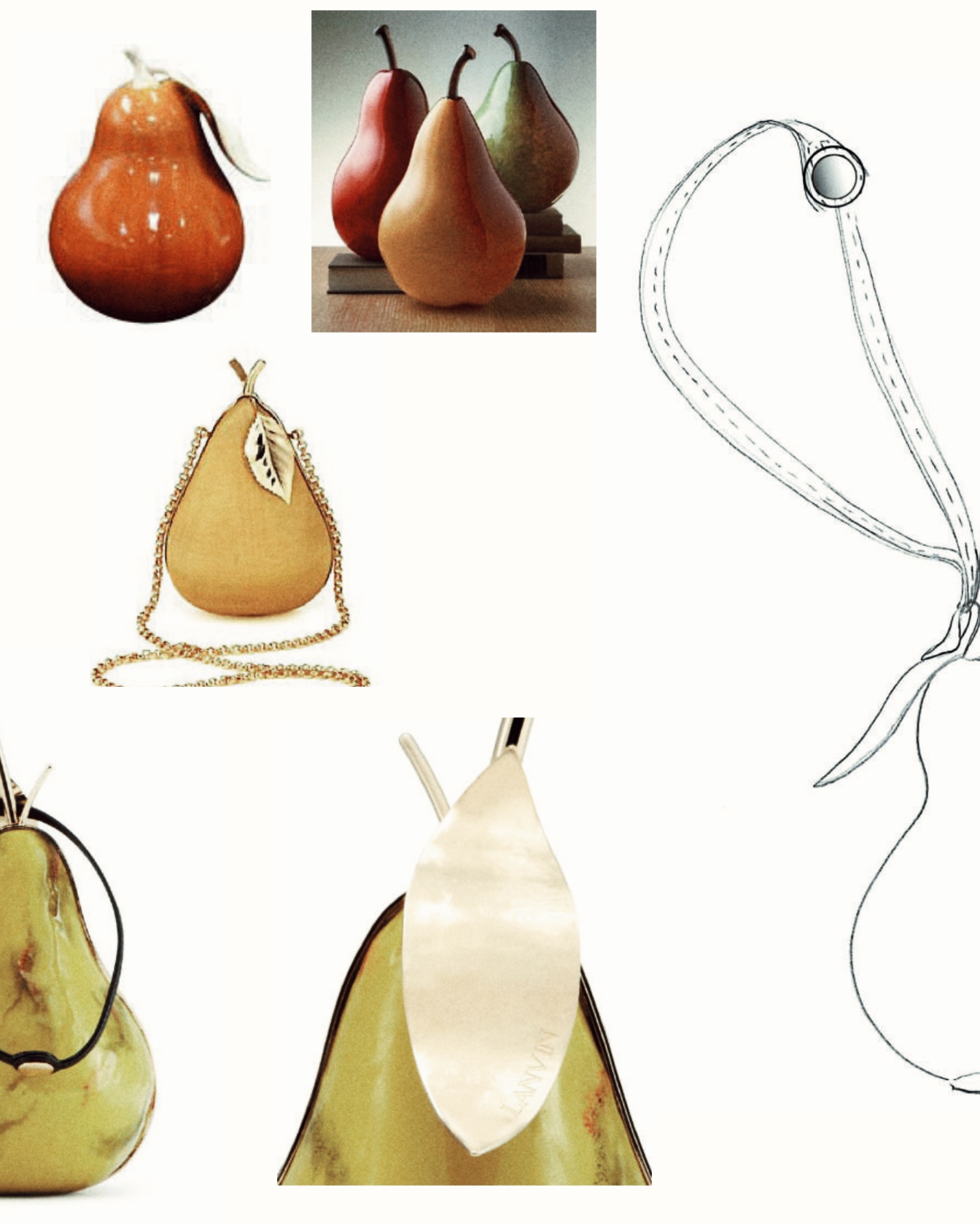
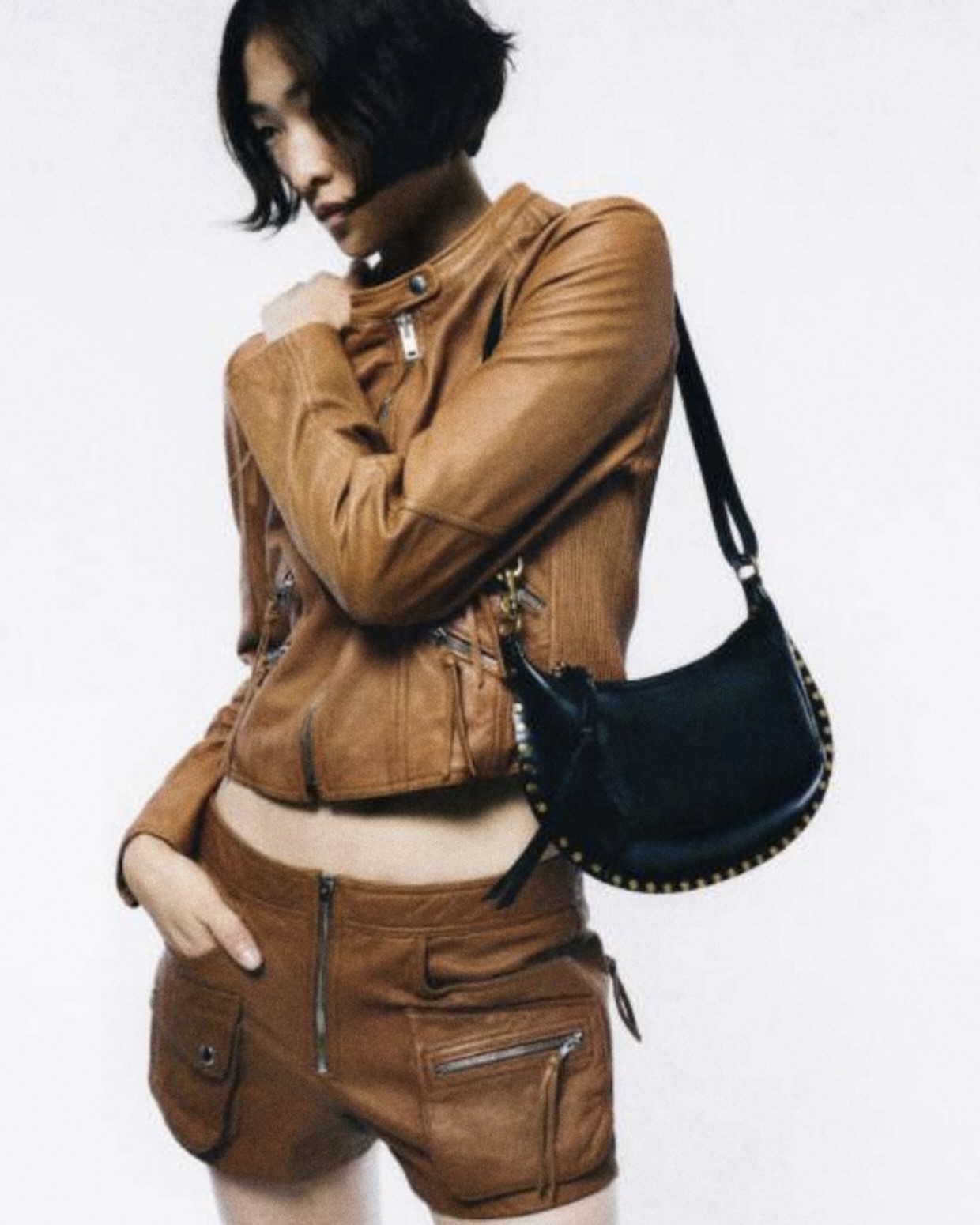
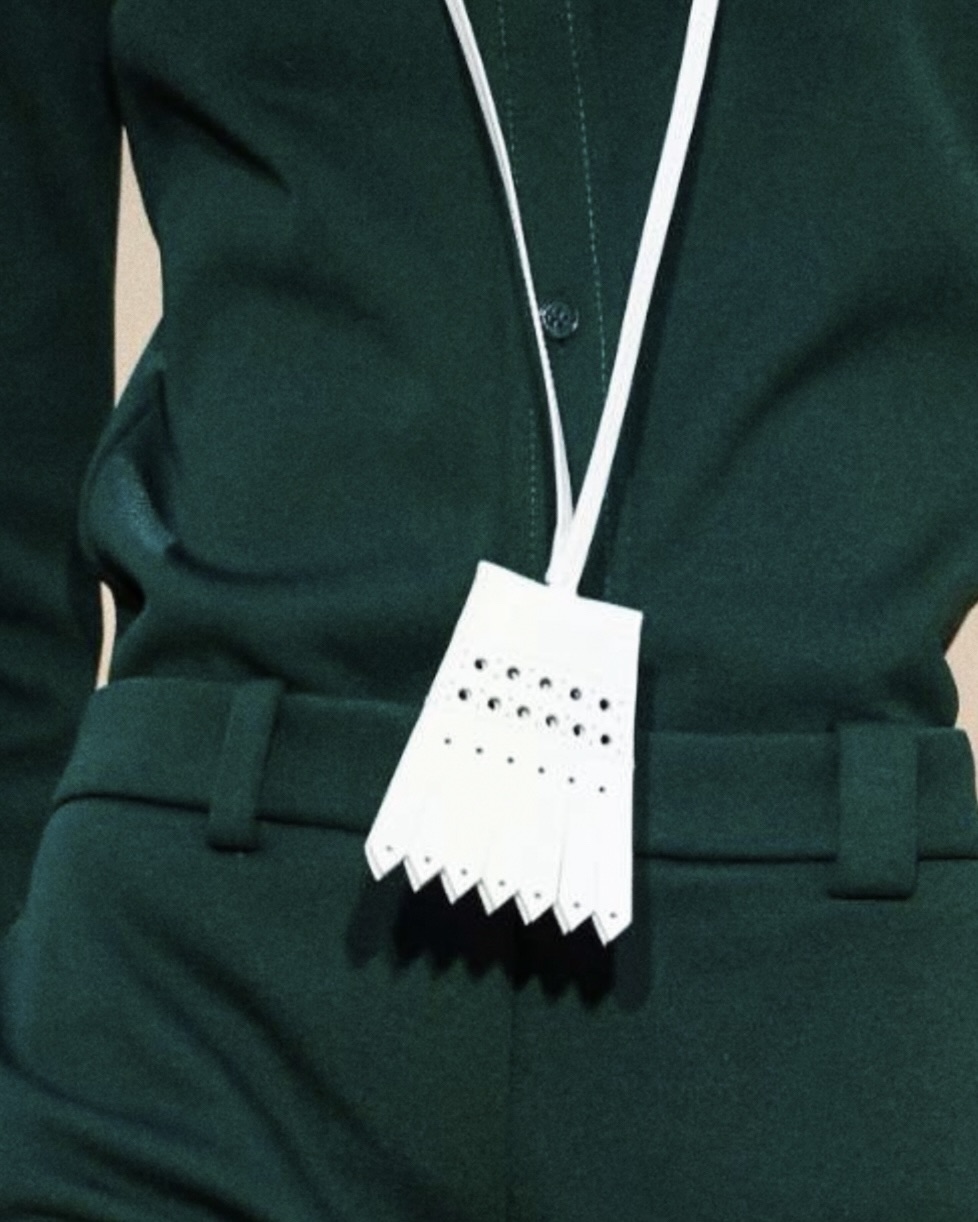

"The issue with working in-house is that you're constantly bombarded with non-creative tasks," she explains. "Freelancing allows me to move between different projects, which keeps my ideas fresh."
One key way she keeps her designs evolving is by drawing inspiration from materials. A unique texture discovered in one project might inform an entirely different piece months later. This process feels organic, allowing creativity to flow rather than being dictated by seasonal production cycles.
![]()
![]()
However, if creativity needs time to develop, fashion rarely requires patience.
Short production cycles mean designers are often forced to rework existing styles rather than develop something genuine. While major fashion houses have dedicated research teams for innovation, smaller brands don't have that luxury.
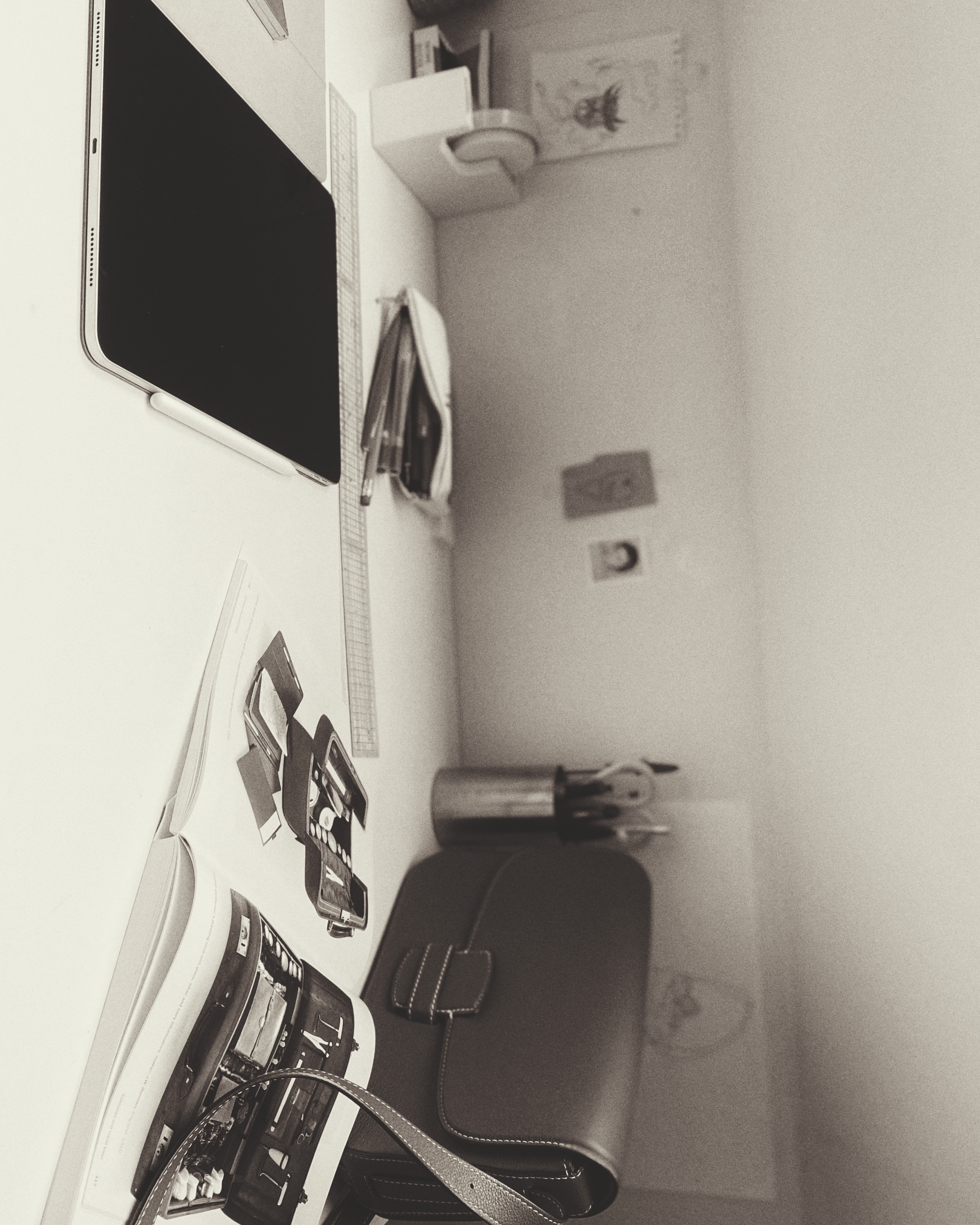
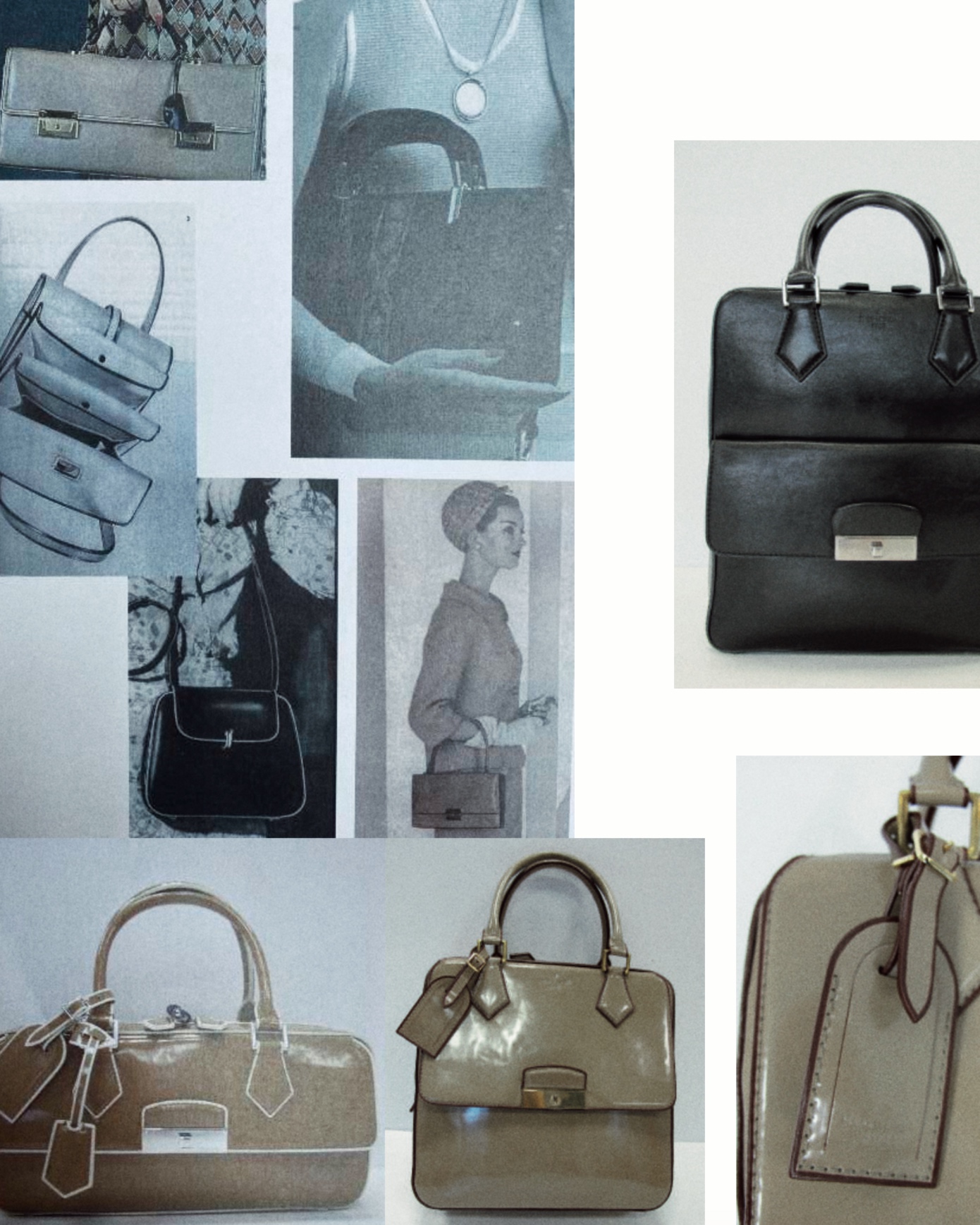
"The reality is that most brands don't want radical innovation," Faustine admits. "It's safer to tweak a best-seller than to take a big creative risk."
The stakes are high for accessories, in particular. Bags and leather goods have become essential revenue streams for fashion houses, and the pressure to release new designs can feel exahausting. But Faustine believes this constant churn isn't necessary.
"Some of the most successful bags in history weren't the most innovative designs. They were just incredibly well-branded."
Sustainability is another area where fashion's ideals and realities often clash.
![]()
![]()
While many brands market themselves as eco-conscious, few are willing to make the necessary financial sacrifices. Recycled materials are expensive, and even consumers who claim to value sustainability often prioritise affordability and aesthetic appeal.
Faustine has firsthand experience navigating these contradictions. While working with the French brand Réuni, she helped develop leather goods using high-quality surplus leather from luxury houses, an ethical and cost-effective approach. However, such practices are difficult to implement on a larger scale.
Then there's the growing market for vegan alternatives, which are often seen as more sustainable but, in many cases, require heavy chemical processing. The irony, Faustine points out, is that traditional leather, despite its environmental concerns, ages beautifully and lasts for decades, whereas many synthetic substitutes deteriorate within a few years.
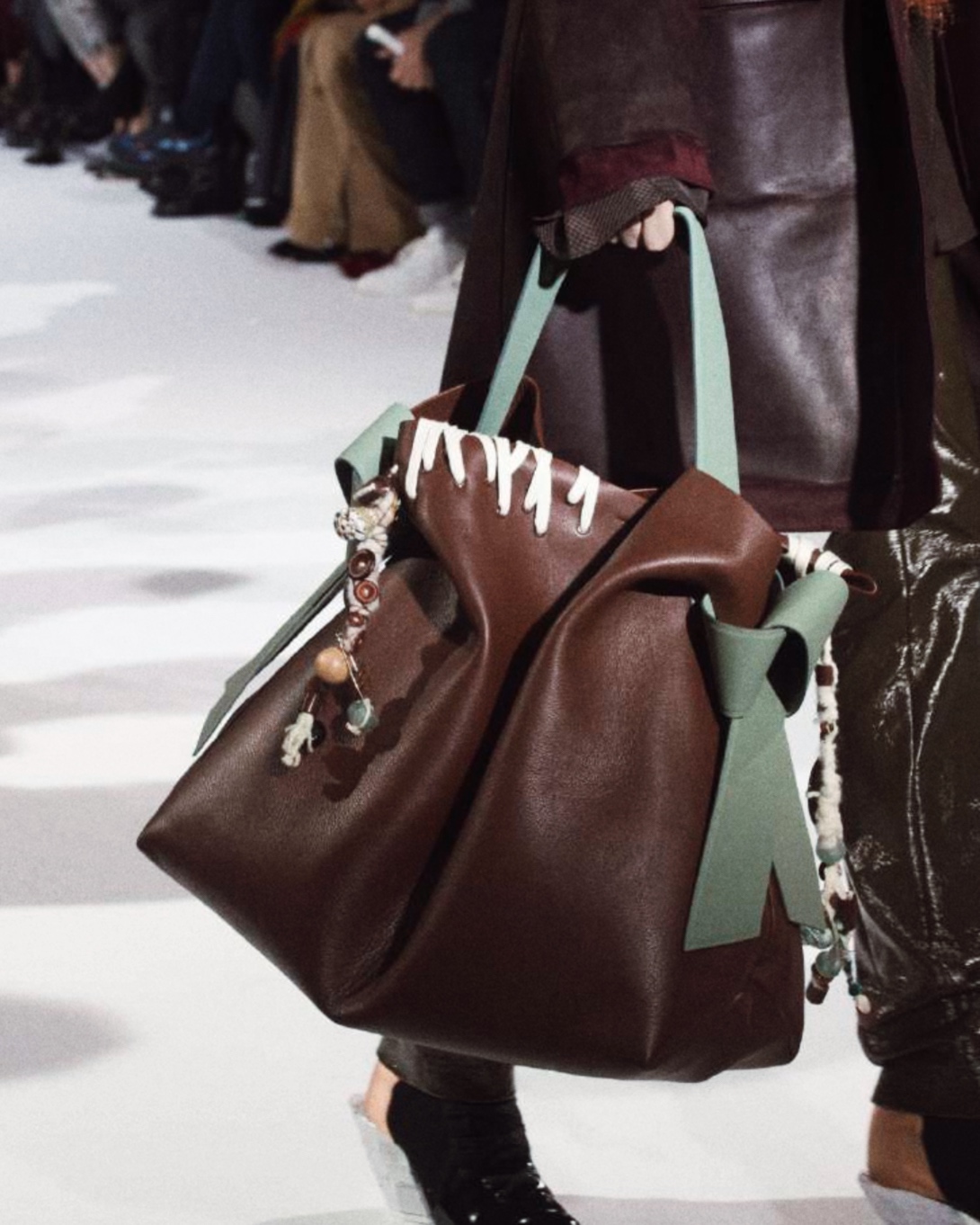
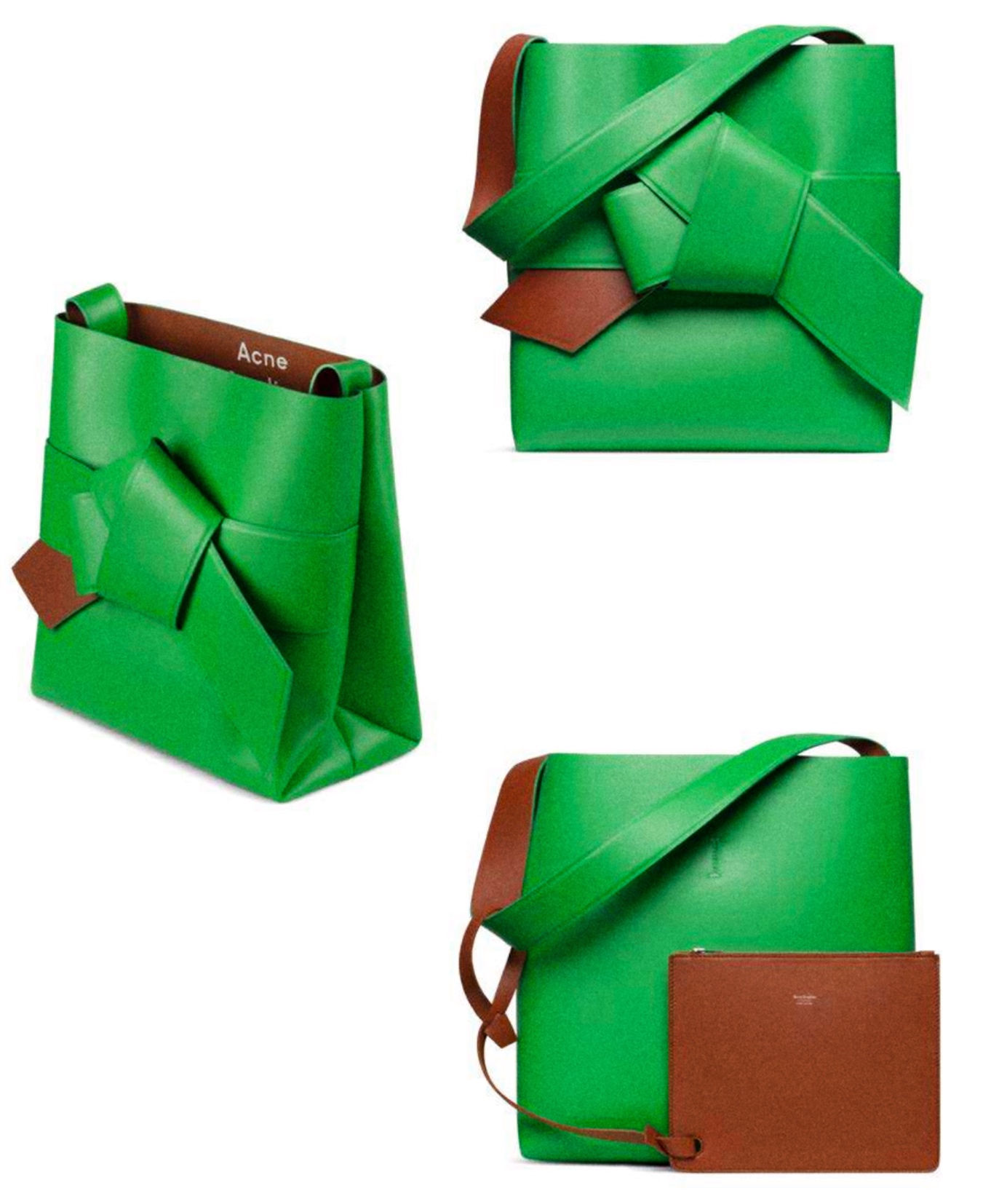
"People love the idea of sustainable fashion, but they rarely question what's actually behind the materials they're buying."
In an era dominated by social media, storytelling has become as important as the product itself. Today's brands aren't just selling clothes or bags. They're selling narratives of craftsmanship, heritage, and sustainability, which can lead to branding over consideration for the design.
![]()
![]()
While this approach can be financially beneficial, it has also led to a homogenisation of brand identities. The same buzzwords, "timeless," "crafted," and "responsible", circle across countless labels, making it harder for brands to truly stand out and for customers to discern craftmanship over marketing.
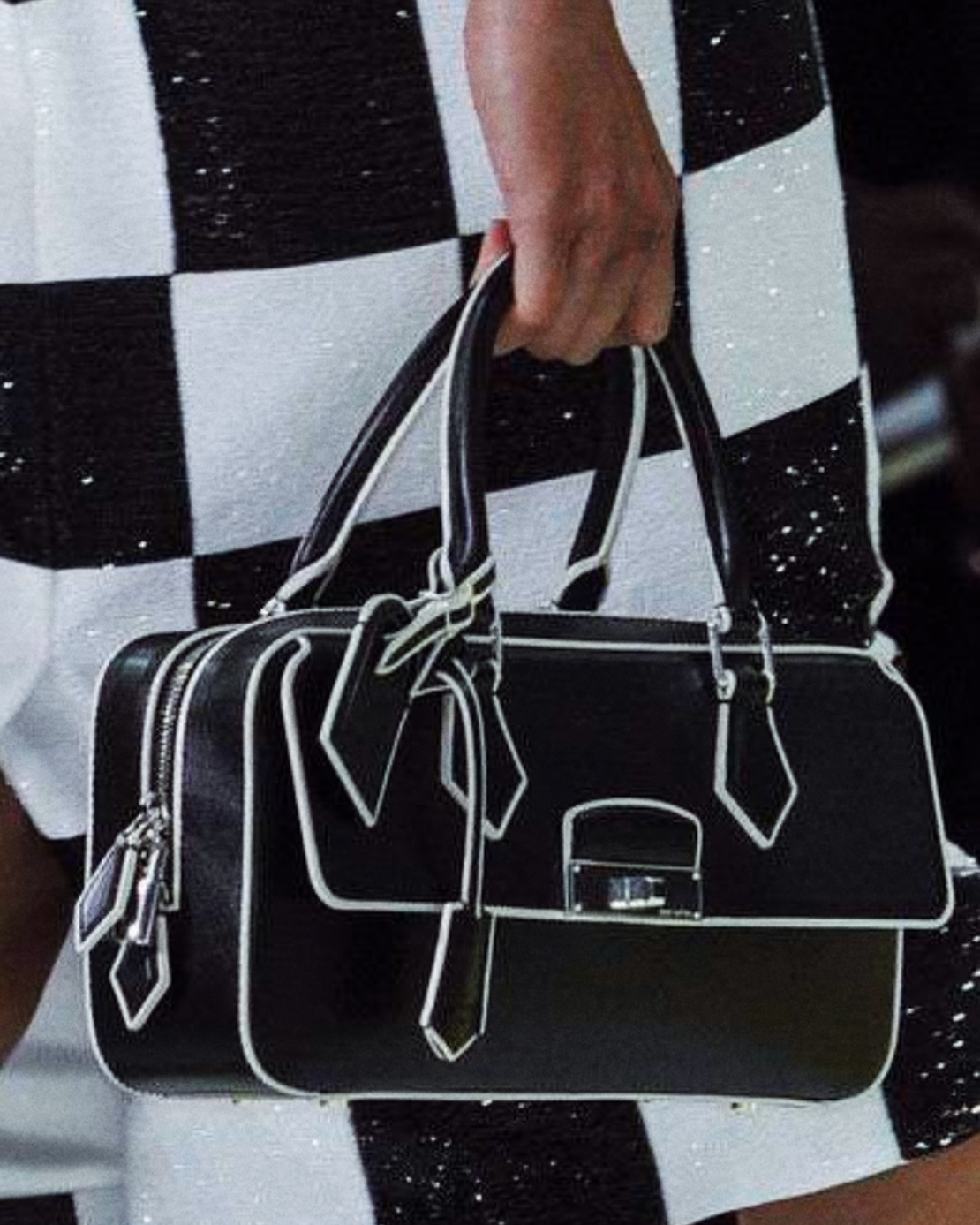

"There's a pattern. Everyone wants to be the next 'conscious luxury' brand without differentiation. You end up with many brands that all look and sound the same," Faustine continues.
Her approach to standing out? Focusing on construction and form rather than relying on hardware or logos, spending time in factories, studying how high-end pieces are made, and understanding the small details that give an object a sense of opulence. It's a method that treats bag-making almost like origami, carefully folding and shaping materials to create structure and form.
![]()
![]()
Faustine remains optimistic despite the industry's current focus on marketability over artistry. She believes that fashion moves in cycles and that today's commercialised landscape will eventually give way to a new wave of creativity.
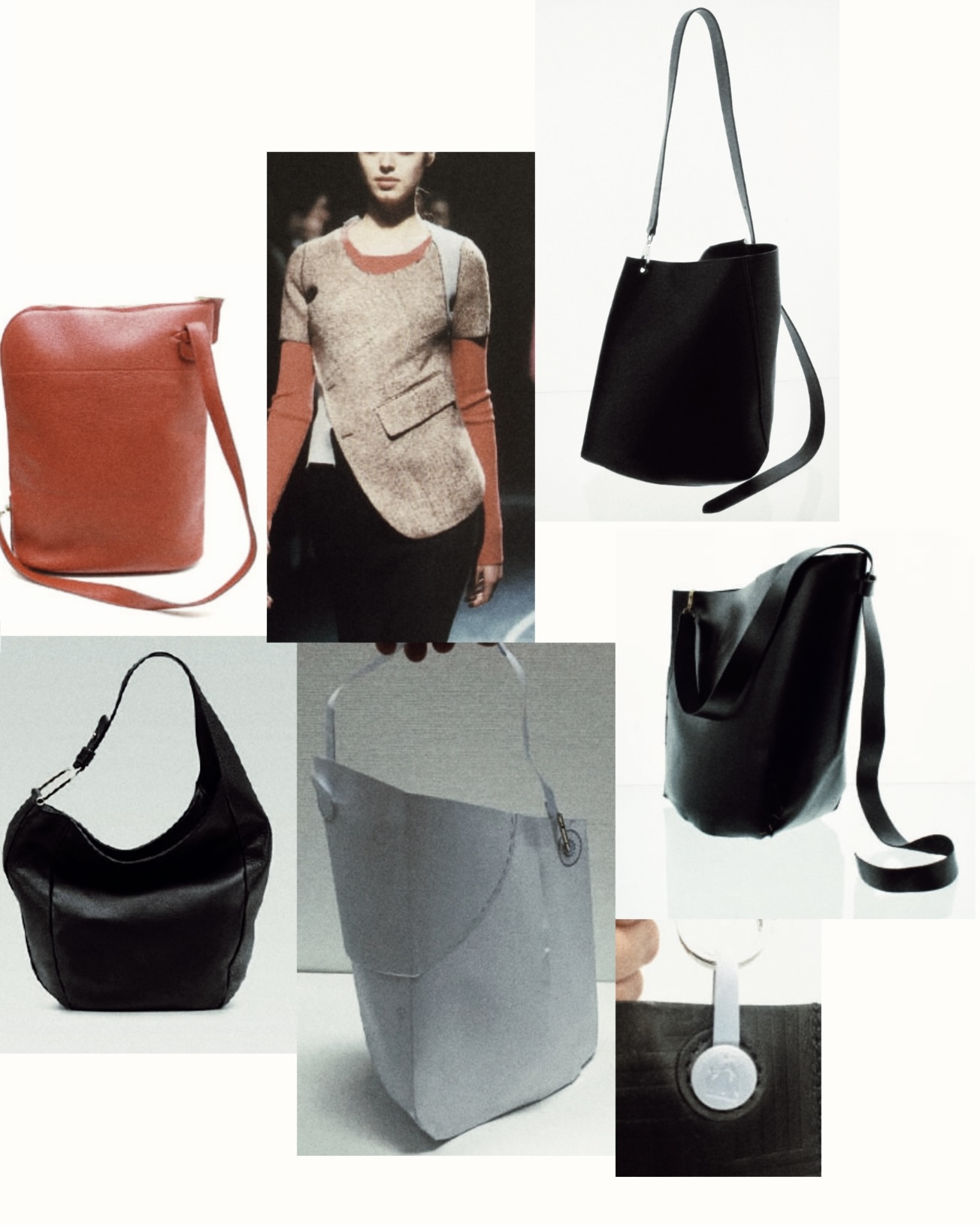

"When things become too predictable, there's always a reaction. The designers who changed fashion, Margiela, Gaultier, and even early Dior, weren't following trends. They were making statements."
The challenge for the next generation is to move beyond social media aesthetics and embrace more profound research. "Too many young designers and creatives rely on Pinterest for inspiration rather than exploring art, history, or architecture," she notes.
"True innovation doesn't come from mood boards. It comes from unexpected influences."
As for her own path, Faustine isn't interested in launching her brand, at least not yet. For now, she enjoys the freedom of freelancing, of shifting between different creative worlds without being tied to a single identity.
In a world where fashion increasingly prioritises commerce over creativity, the ability to stay fluid, to adapt and reinvent without losing originality, might be the ultimate luxury.
All imagery provided by Faustine Boutin
Words Johanna Engvall
Interview Sandy Kirik
READ MORE


